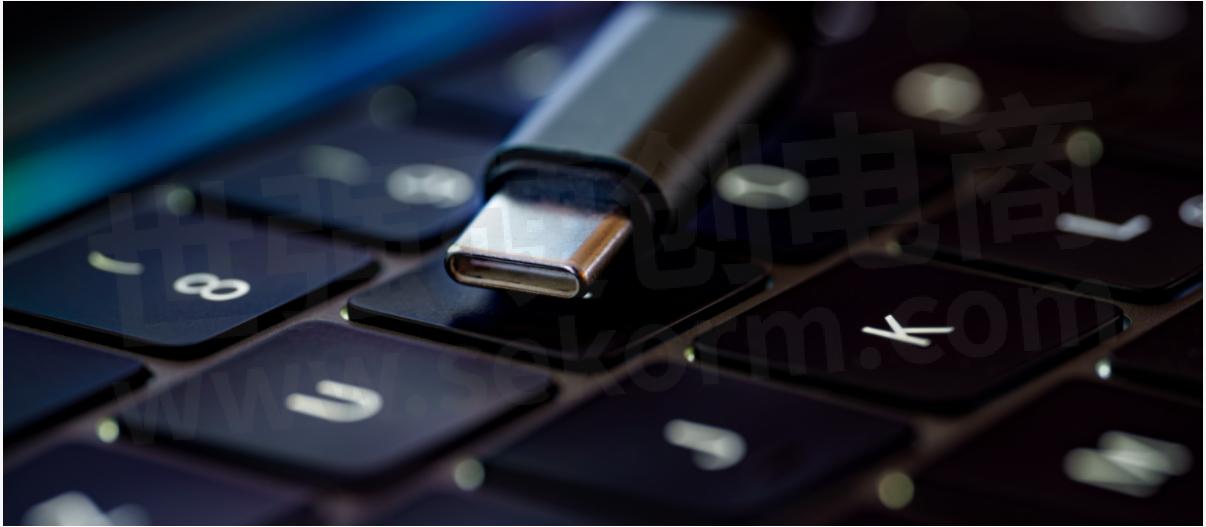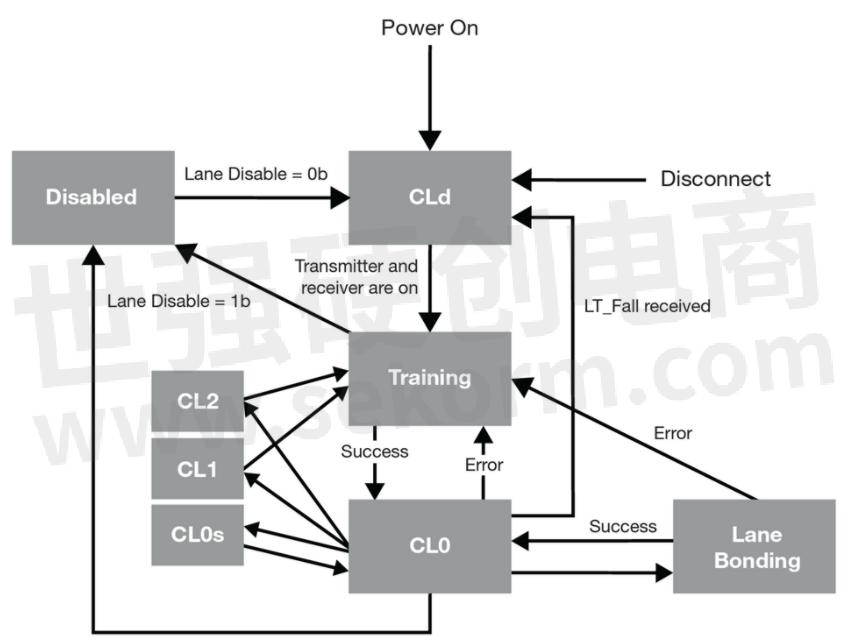The Five Step Process for USB4 Type-C Link Initialization

USB Type-C is a breakthrough standard designed to meet the demand for technology that supports new, ever smaller, and thinner computers and devices, higher-speed data, and more power and flexibility. Key USB Type-C areas of focus include the connection between devices, managing power, and ensuring valid data transmissions.

USB has changed from a simple 4-pin connection for power and data to asymmetrical, reversible, highly functional 24-pin connection. The USB Type-C connection provides more design flexibility for device transmit/receive and includes 4 sets of transmit and receive (Tx/Rx) pairs. This allows for one, two, or all four channels to be used for data transfer at any time. The USB Type-C connection also incorporates a dynamic power system called power delivery (PD). USB PD's intelligent and flexible system-level power management supports bi-directional power that can switch direction for the connected provider (sourcing power) and consumer (sinking power) devices. This dynamic power makes it possible for USB Type-C to support other standards for video and audio signals, such as DisplayPort or Thunderbolt, through the use of the alternate (ALT) mode. These combined Type-C features and enhancements create a much more challenging USB Tx/Rx conformance test criterion.
Understanding the USB Type-C and USB4 transmitter and receiver test challenges can help to ensure successful USB Type-C integration and test for devices. The key is to first understand link initialization and training. For USB4, the Lane Adapter State Machine describes the behavior of the logical link layer during the linkup sequence.

The sequence includes the following steps:
◆ Link partners connect initially during CLd state entry (lane initialization)
◆ Transition to training sub-state from CLd state (transmitter and receiver lanes are on)
◆ Transmitter Feed Forward Equalization (TxFFE) negotiation during Training.LOCK1 sub-state
◆ The transition from two single-lane links to a dual-lane link via land bonding
◆ Link partners disconnect
Design and test engineers face several challenges as they integrate USB Type-C into their products while ensuring interoperability and test compliance. Bringing up a USB4 Type-C link is a complex task due to the numerous Type-C, USB-PD, and high-speed negotiations and requirements defined by the standard. The USB4 link is complicated due to several factors which include the 20Gbps signaling rate, crosstalk from three other lanes running at the same speed, a bonded aggregate bit rate of 40Gbps, and the need for optimization over a low-cost passive cable. Successful testing requires highly accurate and standard-compliant test instruments, software, and fixtures.
- +1 Like
- Add to Favorites
Recommend
- Keysight Technologies Acquires Quantum Benchmar, Augmenting Keysight‘s Quantum Portfolio
- Keysight First to Gain OmniAir Qualified Test Equipment Status, Accelerating C-V2X Device Certification
- Keysight First to Gain GCF Approval of Cases for Validating 5G New Radio mmWave Devices in Standalone Mode
- Keysight Massively Parallel Board Test System Selected by LACROIX in Automotive Printed Circuit Board Manufacturing
- Keysight, TIM and JMA Wireless Join Forces to Showcase O-RAN Technology at Mobile World Congress 2021
- Keysight, Xilinx and Cisco Showcase Solutions that Support Smooth Migration from 4G LTE Networks to 5G Open RAN
- Keysight Unveils the First Media Access Control Security Test Solution for High Speed Ethernet
- Keysight, MediaTek Join Forces to Establish 5G Connectivity Based on 3GPP Release 16 Specifications
This document is provided by Sekorm Platform for VIP exclusive service. The copyright is owned by Sekorm. Without authorization, any medias, websites or individual are not allowed to reprint. When authorizing the reprint, the link of www.sekorm.com must be indicated.














































































































































































































































































































































































































































































































































































































































































































































































































































